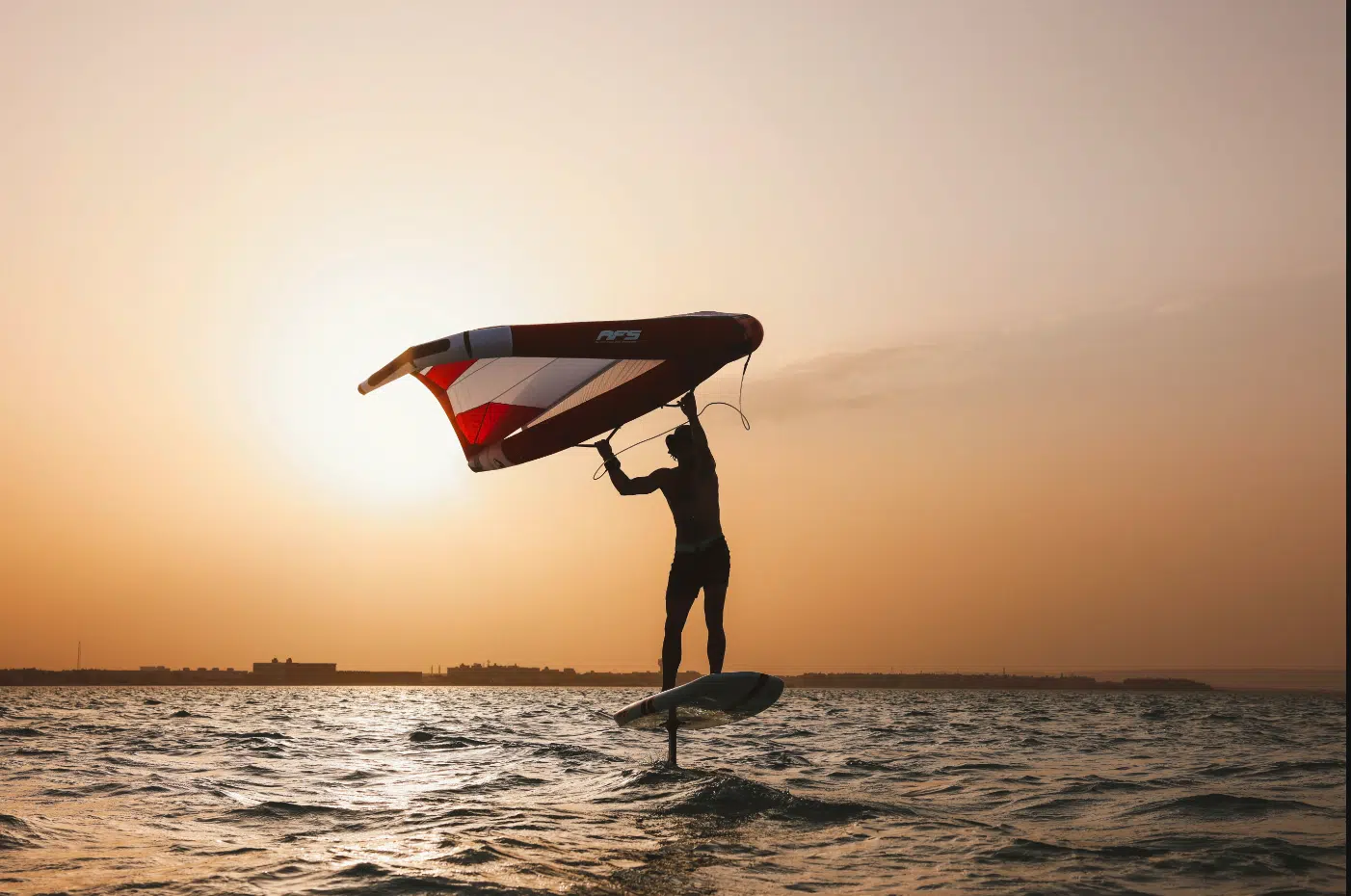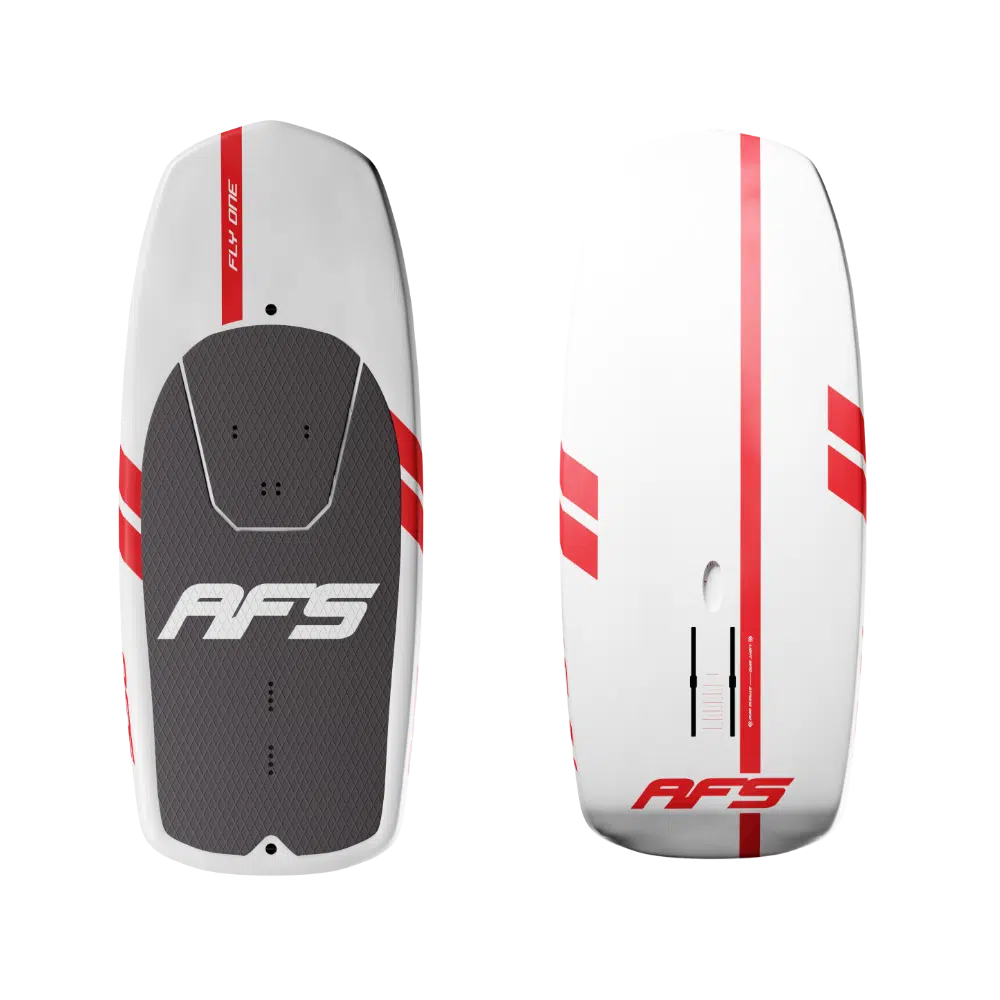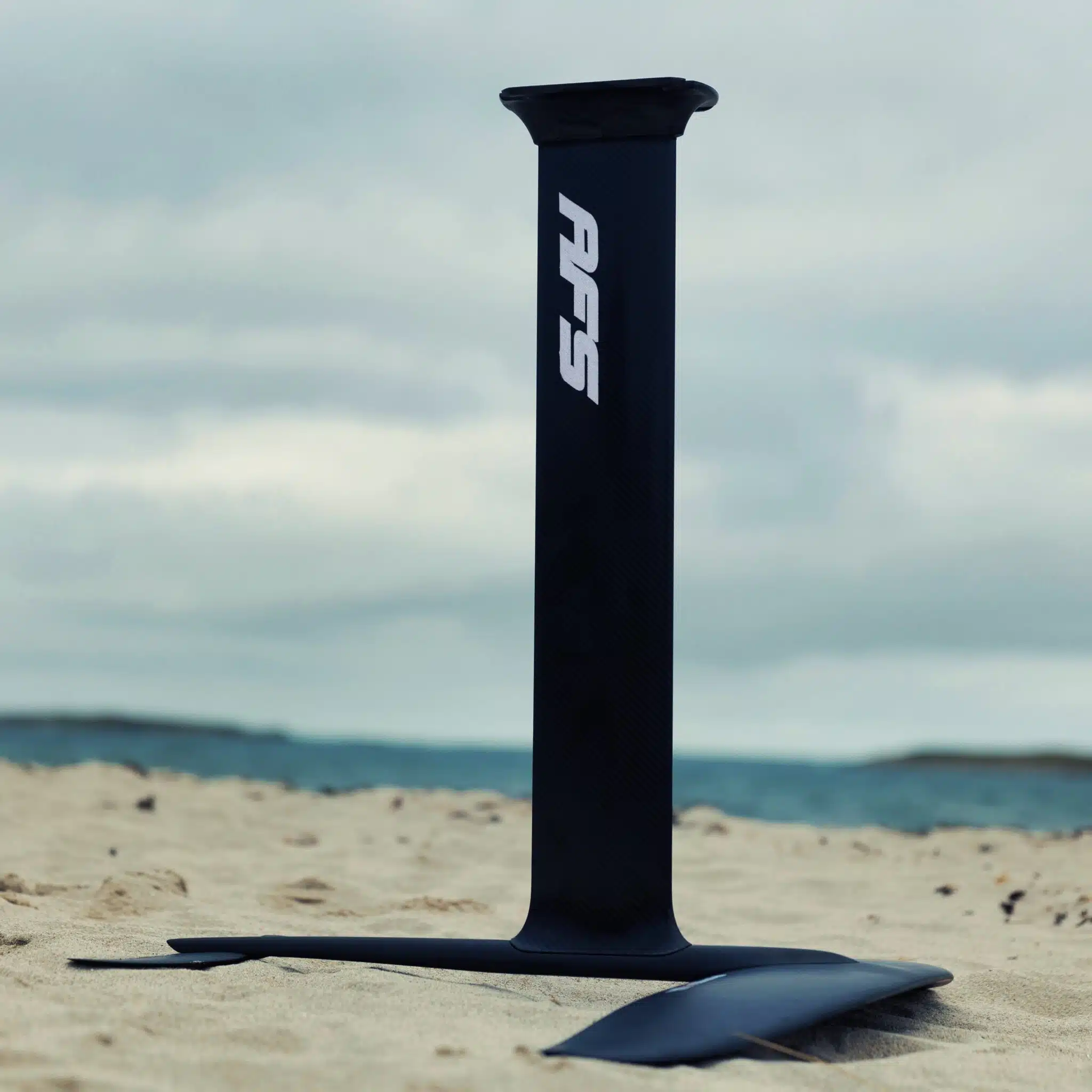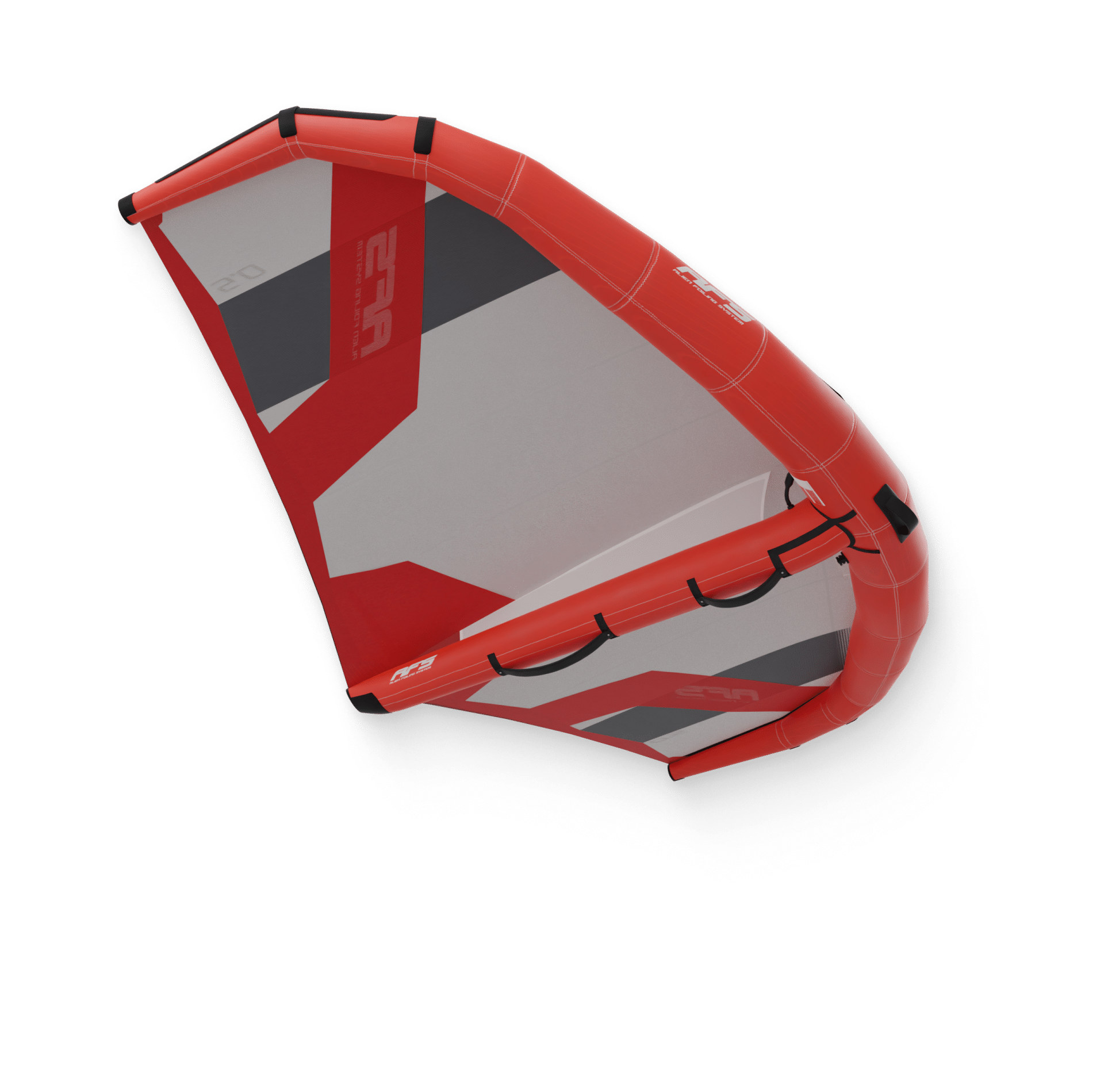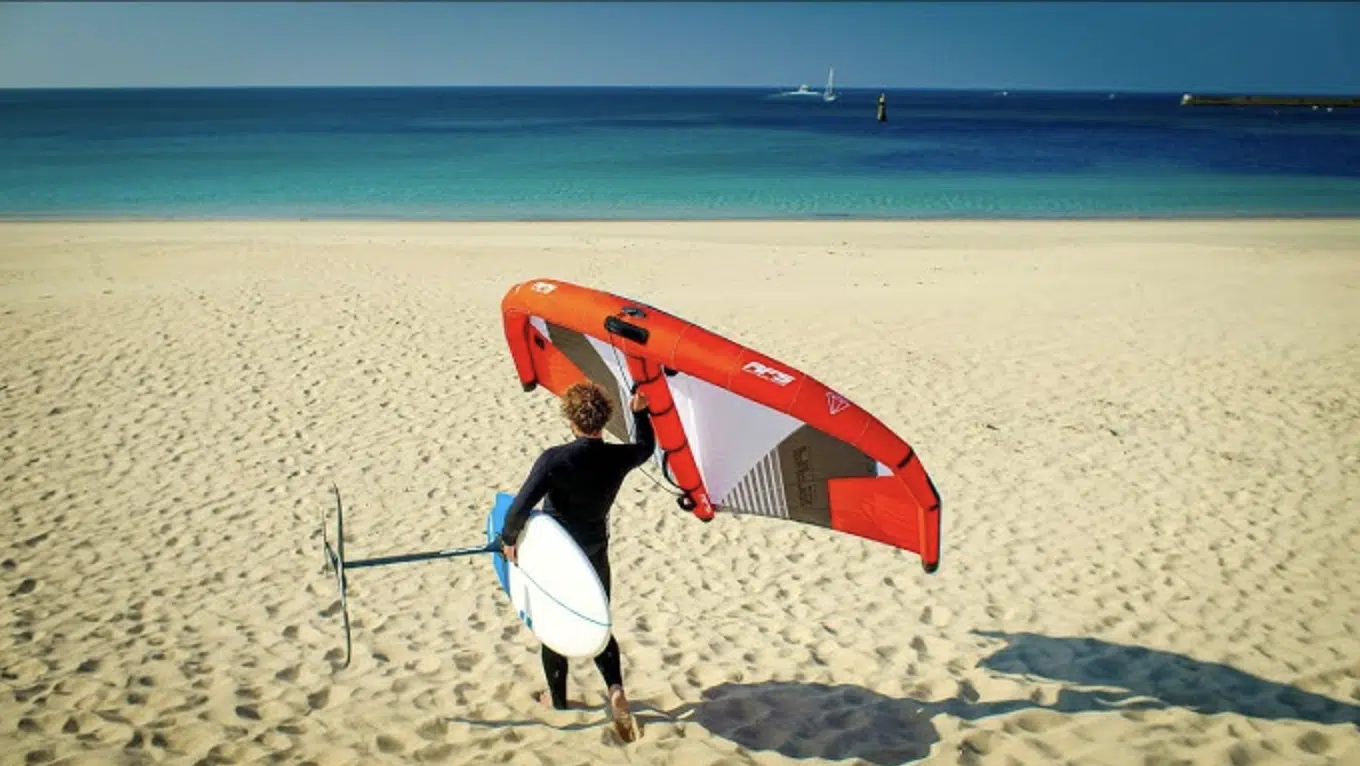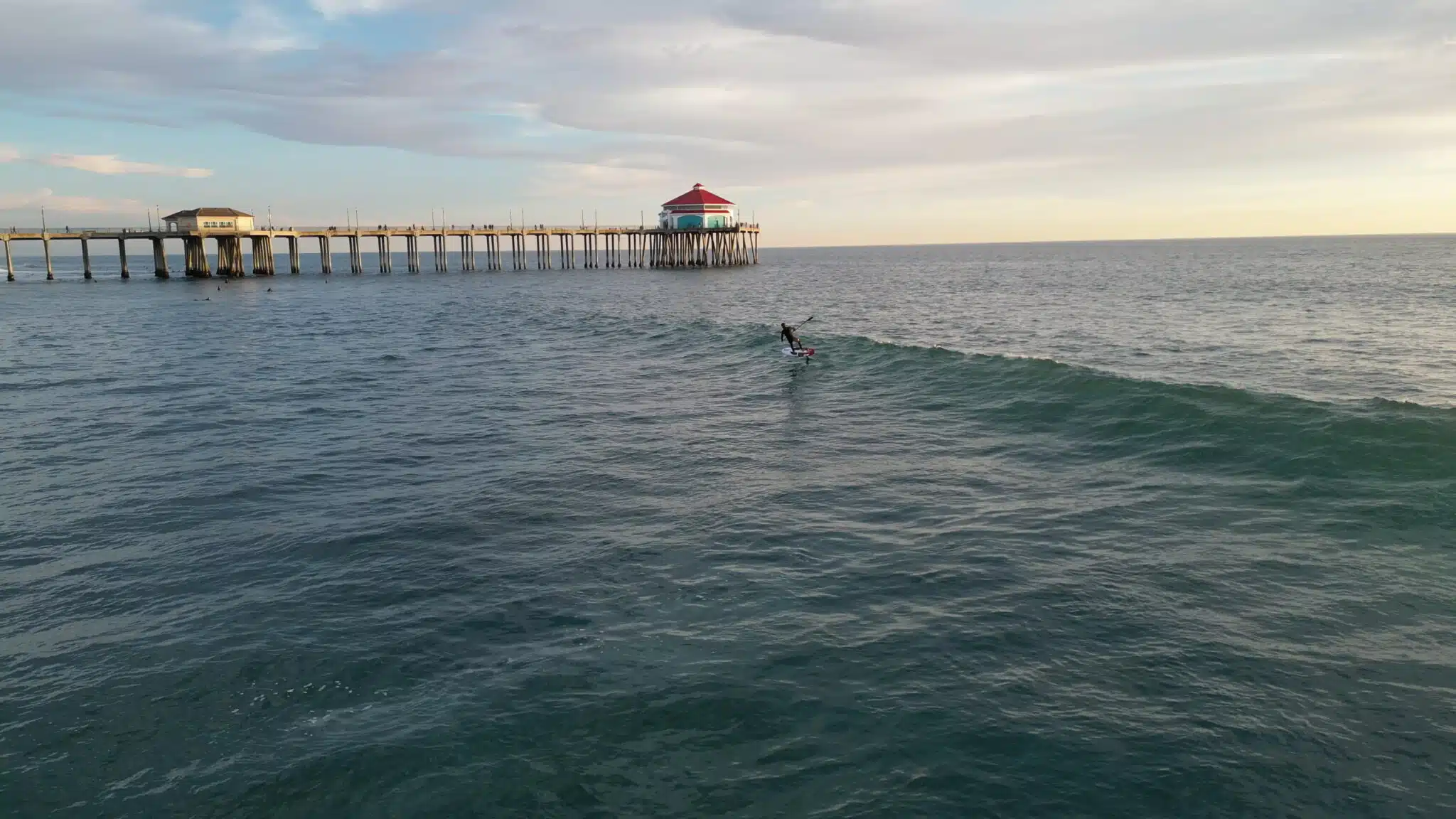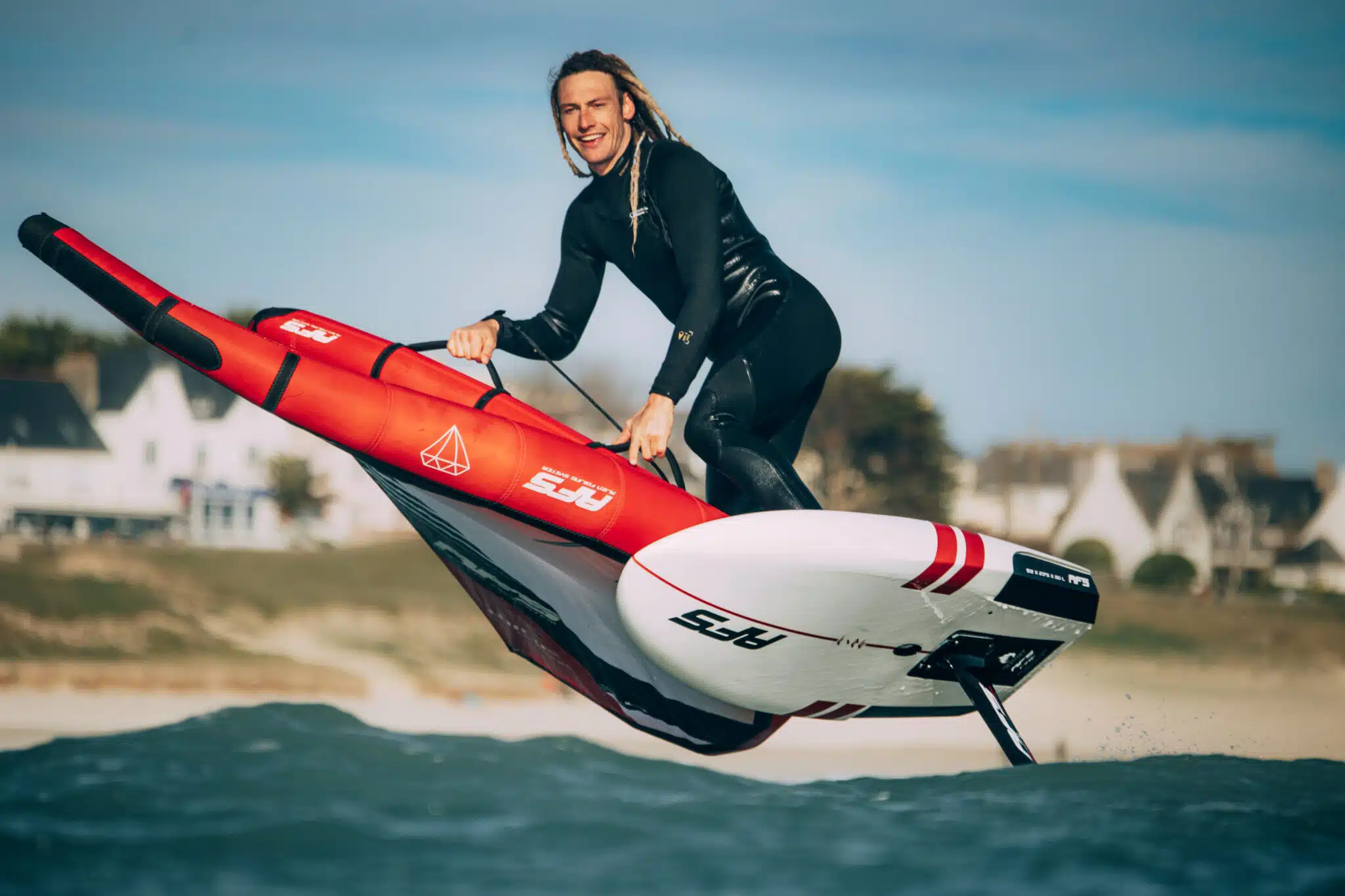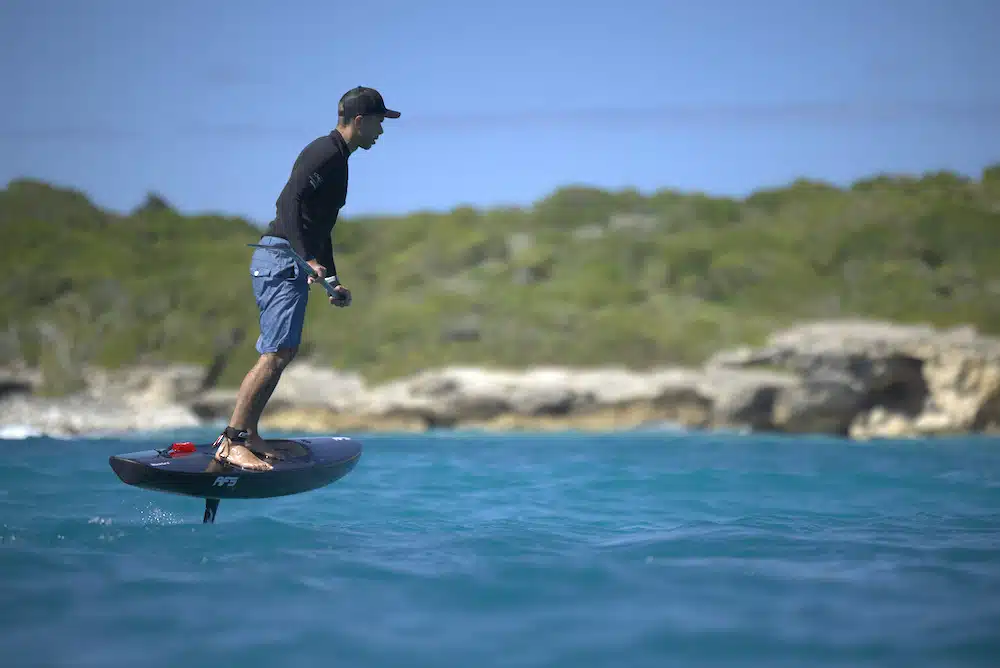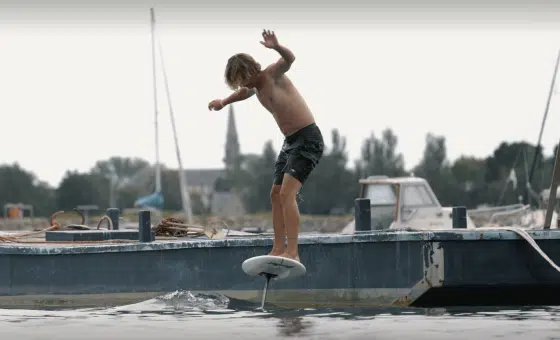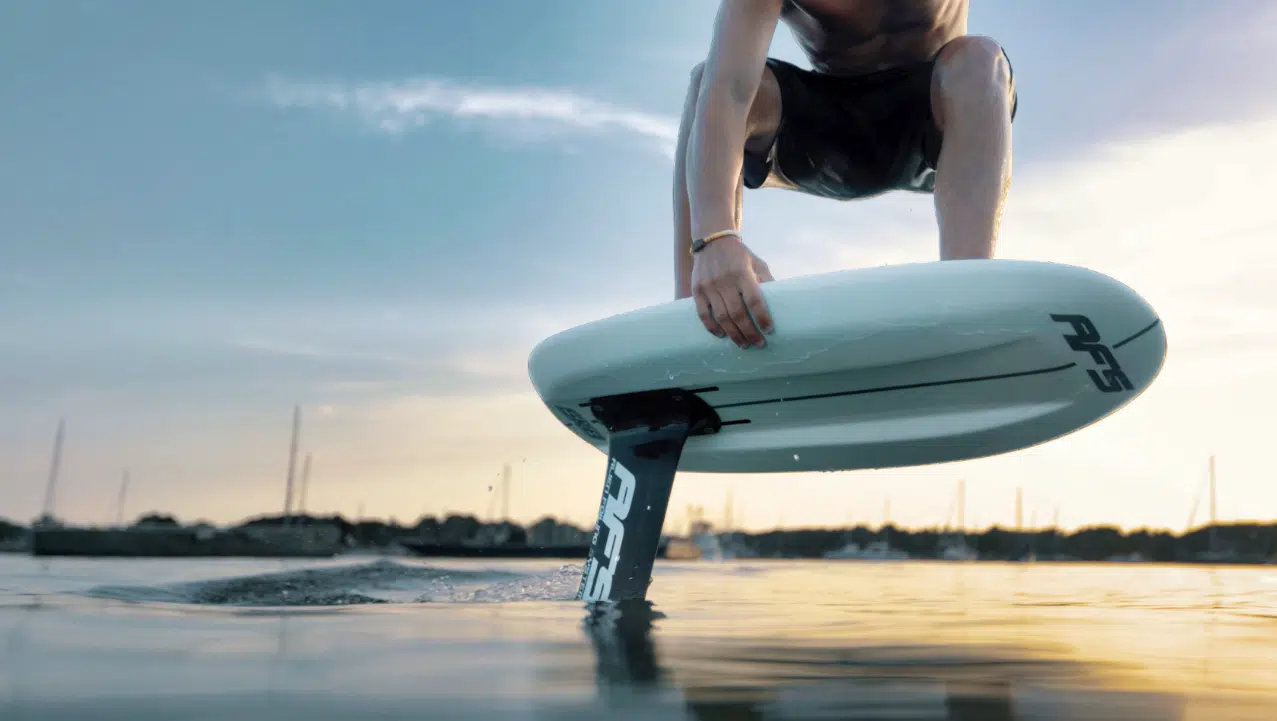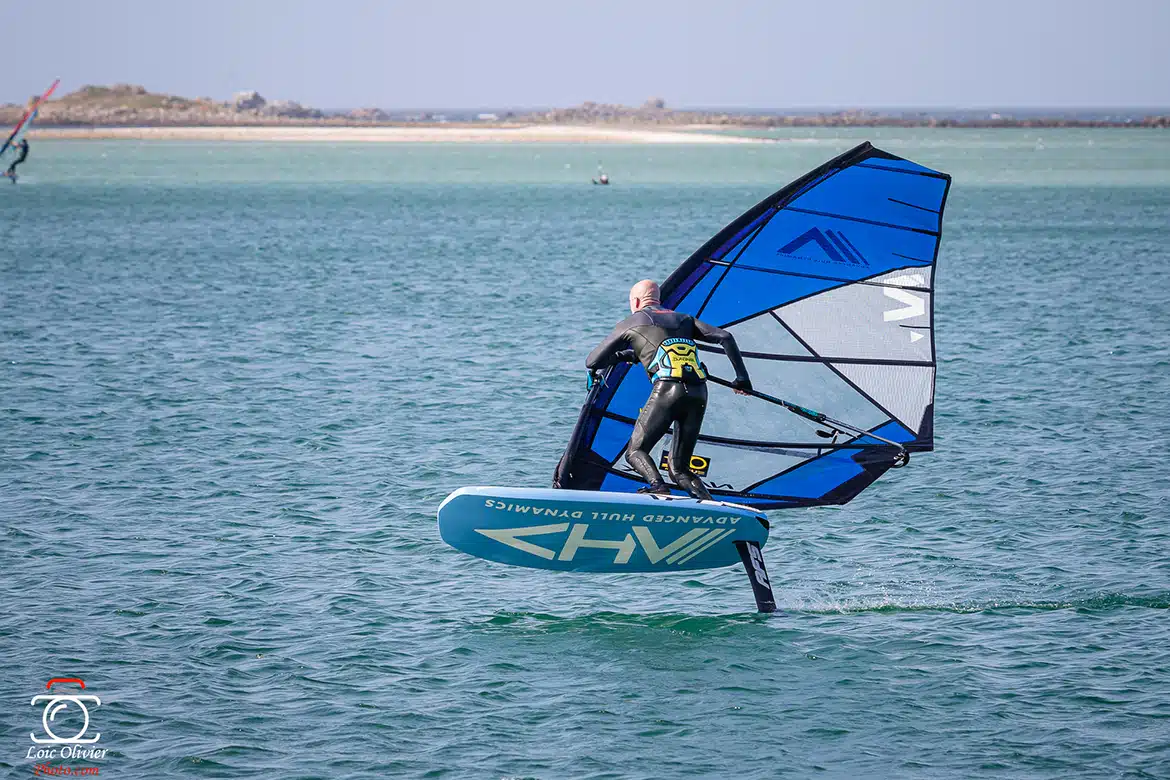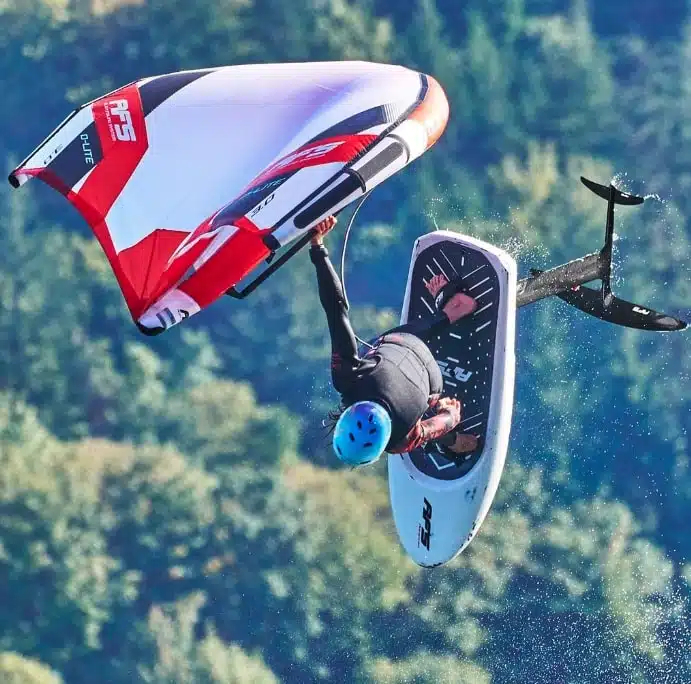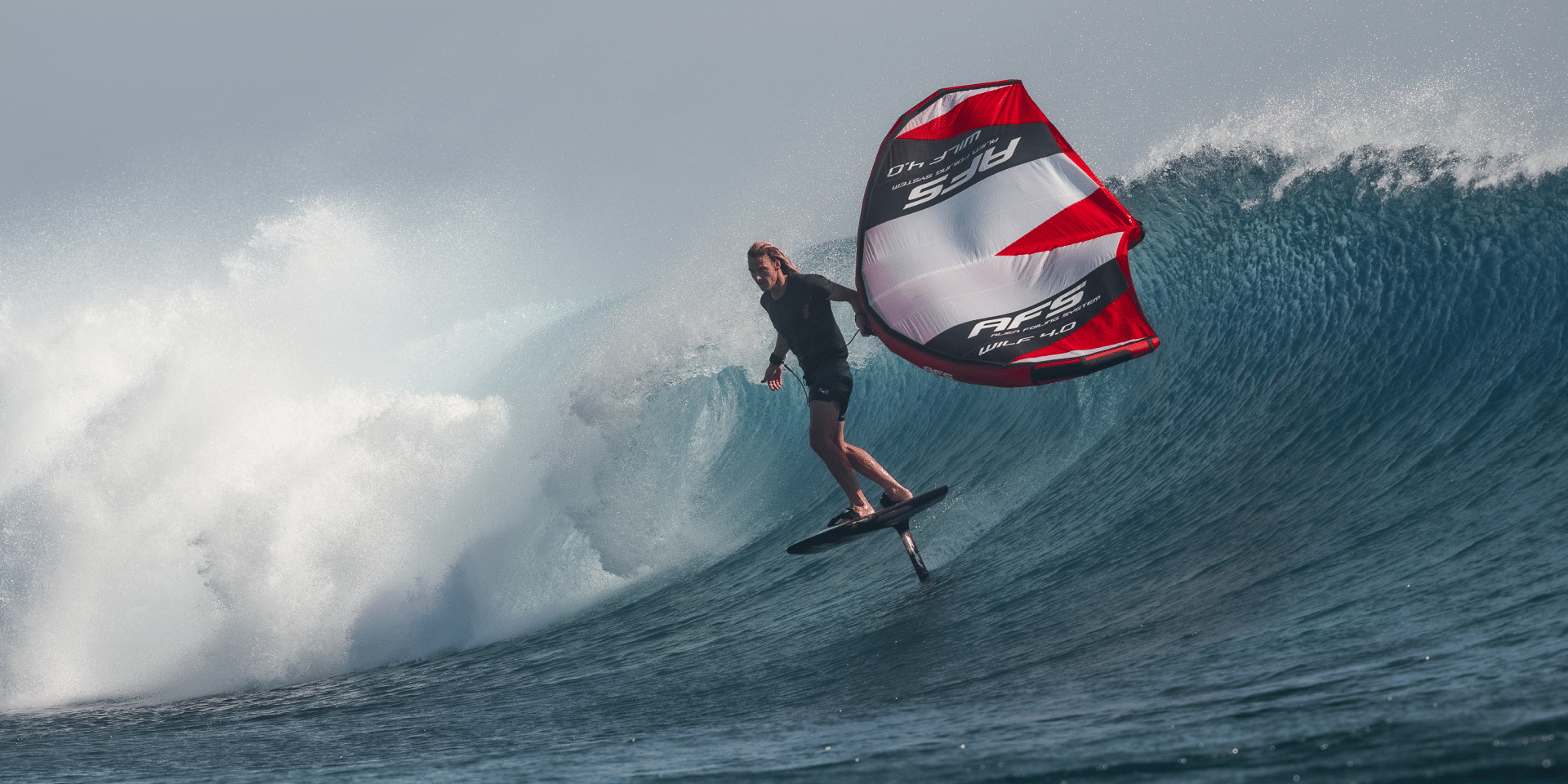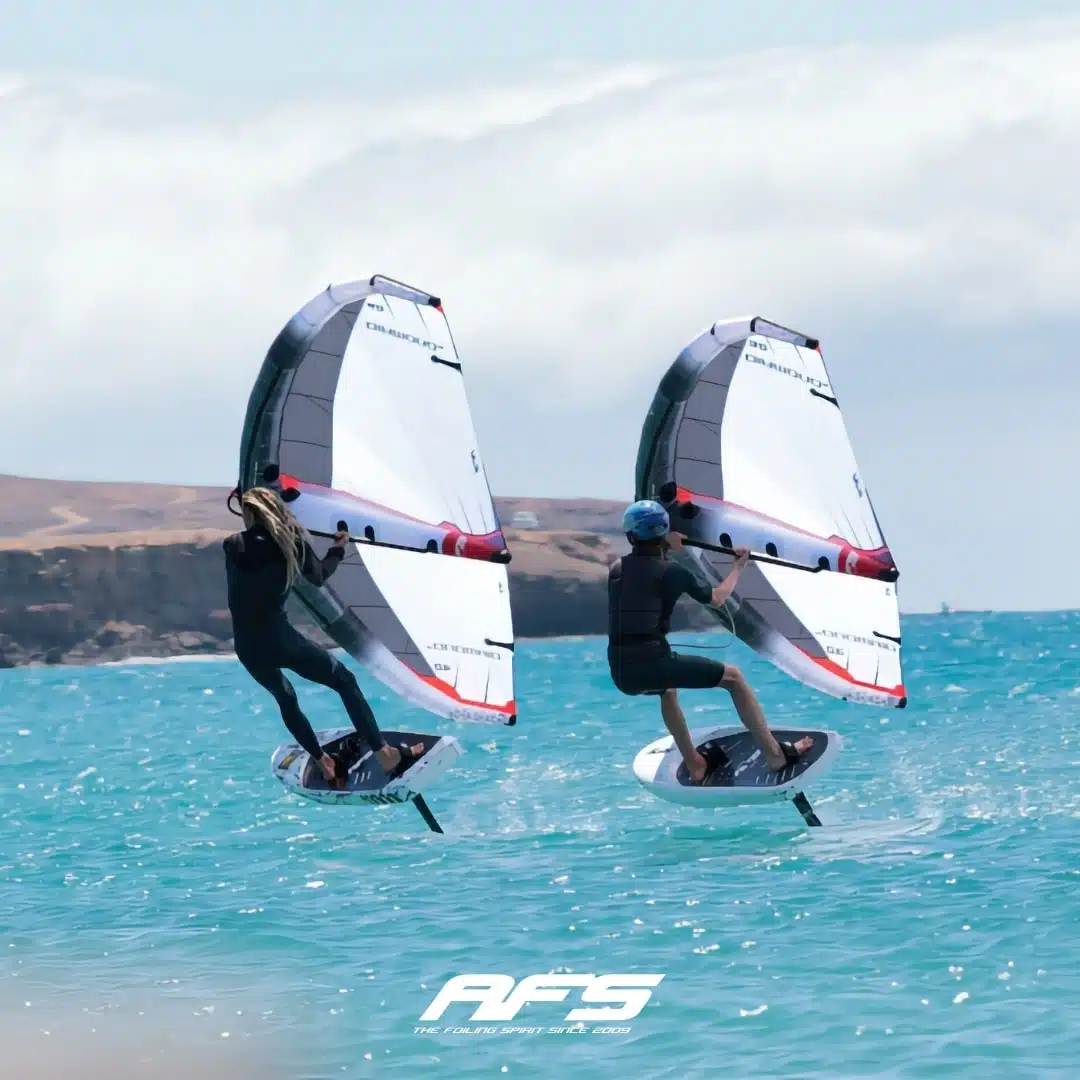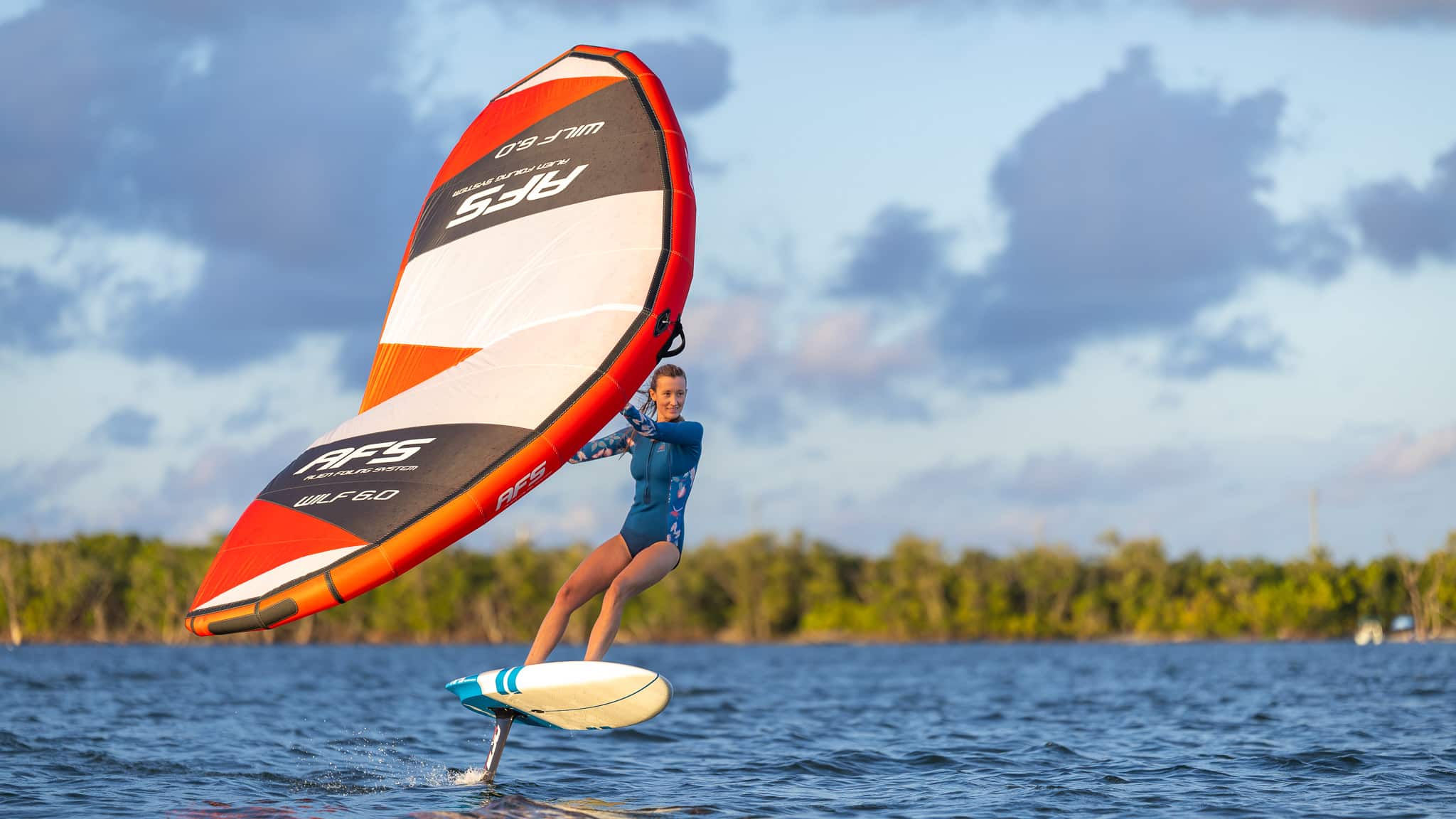Where can I buy wing equipment?
To practice wingfoil, you need the right equipment to get up to intermediate level quickly… And to sail comfortably and safely. When it comes to equipment, there are several criteria to choose from for new enthusiasts of this water sport.
Wing foil brands
Our sport is constantly evolving, and a number of brands offer increasingly high-performance wingfoil equipment for all levels. Choosing the right wingfoil brand may seem complex, but at AFS Foiling, we do our best to help you in your choice of gear. We offer a wide range of products for all levels. On the other hand, each practice requires a specific wingfoil board (+ hydrofoil + wings). For example, if you prefer to ride flat, choppy (freeride board), wave, swell or jumper. As for prices, they can vary considerably from one brand to another.
AFS Foiling offers end-of-series equipment, sometimes at lower prices.
Surf shops
Wing stores are also great places to find wingfoil equipment and the board model you need. They offer a wide range of boards, wings and foils to suit your level, from beginner to expert. What’s more, the staff are trained to advise you on product selection according to your size, skills and wind/wave conditions.
Second-hand equipment
Online platforms and groups on social networks are also an excellent source for finding used wingfoil gear. This allows you to get started at a lower cost, while benefiting from the experience of more experienced riders.
The advantage of second-hand websites is that you can often negotiate the price. In person or by mail order, anything is possible before buying a wing board. Nevertheless, always ask for as many photos as possible, and ask any questions you may have if the sale is made remotely. Just so you don’t end up with a cracked, leaky board.
The wing market is in a state of flux. And it’s now easier than ever to find the right equipment with the right tips.
What are your tips for getting started with wing foil?
Getting started with wingfoil may seem complex, but with the right advice and a progressive approach, you can quickly master the art of flying and winging to your heart’s content! Here are a few recommendations to get you started on your wingfoil adventure.
1 - Choosing the right equipment
The choice of board is mega-important when starting wing foiling. First of all, the board needs to be large. As for the foil, its purpose is to maintain your glide above the water’s surface; its surface area is therefore not to be neglected and should vary between 1500 and 1800 cm² depending on your weight. Finally, the wing is designed to propel you with the help of the wind, and varies between 4 and 5 m² (or even 6m²) depending on your size.
2 - Learning basic techniques
In wing riding, it’s essential to learn the right methods, including foot placement and steering the wing to take off and maintain the board’s attitude once in the air.
Today, numerous sailing schools offer their services for most of the year, throughout France and abroad. Private or group, anything is possible. Unless you’re lucky enough to know friends who can advise you.
3 - Practice in favorable weather conditions
You can’t start wingfoiling on just any spot. It’s best practiced on calm water in light winds (not too light either)… Let’s say a wind range of 15-20 knots minimum. This allows you to familiarize yourself with the equipment and fly fast enough, without having to pump. So without getting too tired. Being stable makes it easier to progress… It’s an essential criterion for gaining confidence and improving your level.
How much float do I need to start wingfoiling?
Whatever your level, you need to float on your knees, then stand, before attempting to take off. This will enable you to fly without forcing yourself. To get started, you need a wing foil board that accepts your weight, so you don’t sink while you’re still glued to the surface of the water. And enough maneuverability to control your sail and stay stable once you’re on your float.
The minimum board volume for floating is calculated according to the weight of the wingfoiler.
In general, for a beginner wingfoiler, we recommend choosing a board with a volume greater than the weight of the rider, i.e. 30 to 40 liters for comfortable stability and flotation. Or 35 to 50 liters for even greater comfort. For example, a 70 kg wing foiler will opt for a 100 to 110 liter board for beginners. And if you’ve never windsurfed before, you should aim for even a little more. This extra volume gives you the stability you need to sit or stand upright before taking off (water start).
What’s more, a voluminous board prevents you from sinking too deep into the water, and makes it easier to get the hang of the wing. This helps you progress more easily.
It’s worth noting that a higher-volume board helps maintain better balance, making the various take-off phases easier. AFS Foiling does everything in its power to help you learn wingfoiling at your own pace.
Finally, a large, thick board is ideal for learning the basics, especially in light winds. Take the time to float and fly, while making your first transitions smoothly. As you progress, you’ll be able to move on to smaller boards.
For their very first session, some people even opt for a stand-up paddle (SUP) board, i.e. one without foils. This is to learn how to pilot their sail without having to worry (too much) about balance.
The volume provides buoyancy, but the size and shape of the wing board offer maneuverability and attitude control once airborne.
What size board should I use to start wing foiling?
In addition to volume, other characteristics are at play: board size also plays its part in getting you started in wingfoil. A board’s length and width influence its maneuverability, stability and ease of use for first flights.
The longer the board, the easier it will glide over the water. For beginners, it’s best to choose a board that’s long enough… To make water starts easier and fly faster. On the other hand, a shorter board offers tighter turns and more technical maneuvering, reserved for the more experienced.
On the other hand, the board’s manoeuvrability and lift vary according to its width. The wider the board, the more stable it is. But the narrower it is, the more responsive and maneuverable it will be. Patience, foiling is a sport that has to be earned… you’ll soon be sailing on a much more radical board!
For a beginner, a longer (between 5’5″ and 6′ = 165 to 190 cm) and wider (around 70 cm) beginner board is recommended. Again, it all depends on your size. This is to forgive mistakes and give you more space on the deck of the board. A long, wide board makes it easier to take off, limiting the risk of recurrent falls.
Recommended board sizes for wingfoil beginners
The inertia of a large wing foil board is also a factor to consider, as it lacks maneuverability in turns. However, it does offer the advantage of effortless take-off. And it accelerates quite easily… And then quickly reaches the speed needed to get airborne.
Importance of shaping and construction
The board’s shape and construction are also determining factors. A board with a wide nose and tail promotes stability and maneuverability, helping beginners to stay in control. Carbon fiber or fiberglass sandwich constructions combine lightness and strength, essential for a first board. Learn more about AFS board construction.
Rigid or inflatable board?
Inflatable boards are a practical option for beginners, because they’re less fragile and easy to transport. And you won’t hurt yourself as much getting back on. Which may be enough for some riders. However, rigid boards generally offer better performance for fast progression. And they’re more stable. Above all, the idea is to have fun on the water. By choosing the right board size, you’ll be able to enjoy your wingfoil sessions right from the start.
When you’re a beginner, choosing the right wing board to float, climb, take off and fly is a matter of several criteria. However, our AFS team is here to help you choose the right equipment for your level… By chat, mail or phone, don’t hesitate to let us know if you need more advice on a specific type of board adapted to your level.
